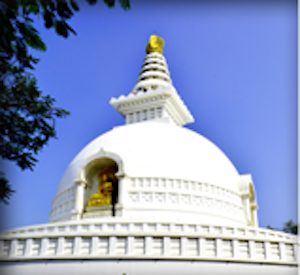
Like many ancient civilisations, the Indian way of life was also clustered around its magnificent rivers. Few rivers of the world have moulded the culture, economy and personality of the people living on their banks as has the great river Ganga.
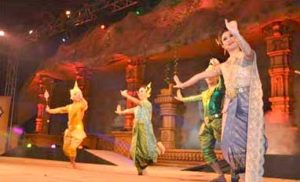 Cutting straight across Bihar from west to east, the bounteous Ganga had made the region so fertile and plentiful that its natural prosperity nurtured a veritable fountainhead of political and cultural civilisations down the millennia. And, the unbelievable range and quantity of mineral wealth buried under the region certainly helped. To this day, the coal belt in Bihar is the mainstay of thermal energy in north India. Bihar has 41% of the total mineral wealth of India.
Cutting straight across Bihar from west to east, the bounteous Ganga had made the region so fertile and plentiful that its natural prosperity nurtured a veritable fountainhead of political and cultural civilisations down the millennia. And, the unbelievable range and quantity of mineral wealth buried under the region certainly helped. To this day, the coal belt in Bihar is the mainstay of thermal energy in north India. Bihar has 41% of the total mineral wealth of India.
Bihar’s capital Patna is an ancient city along the south bank of the Ganga in Bihar.
History
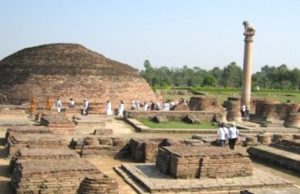 Here, kingdom after kingdom rose and fell, leaving their indelible mark on history. Rival kings fought legendary battles, devastating the land and people. Yet, by some strange alchemy, the same land saw the birth and maturity of some of the most gentle and progressive religious teachers like the Buddha, Mahavira and Guru Gobind Singh.
Here, kingdom after kingdom rose and fell, leaving their indelible mark on history. Rival kings fought legendary battles, devastating the land and people. Yet, by some strange alchemy, the same land saw the birth and maturity of some of the most gentle and progressive religious teachers like the Buddha, Mahavira and Guru Gobind Singh.
Then came the rule of the Moghuls for five centuries, to be eliminated in their turn by the ever expanding colonisation of the English, who ruled till the middle of the 20th century.
Bihar today is a quaint interface of the old and new.
Hallowed by the footsteps of the Buddha, the fertile plains remain rich in farm lands growing paddy, cotton, sugar cane, wheat, maize, barley, jute and fruit. As for industry, modern Bihar is host to some of India’s largest steel and mining plants.
Wildlife Sanctuaries
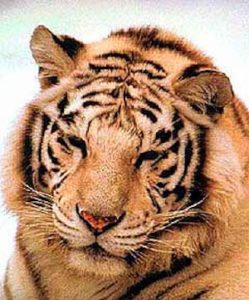 Hazaribagh wildlife sanctuary – 107 Km from Ranchi, is best visited during February – March, and October – November.
Hazaribagh wildlife sanctuary – 107 Km from Ranchi, is best visited during February – March, and October – November.
Palamau tiger reserve – 180 Km from Ranchi is also best visited during the above months.
Lawalong wildlife sanctuary – can be visited best between October – June. It is 100 Km from Gaya.
Mahuadanu wildlife sanctuary – Visit between November – June. It is 80 Km from Daltanganj.
Dalma wildlife sanctuary– Visit between October – June. It is 10 Km from Jamshedpur.
Rajgir wildlife sanctuary – Visit between October – June. It is 102 Km from Patna.
Topchanchi wildlife sanctuary – Visit between October – June. It is close to Dhanbad.
Valmikinagar wildlife sanctuary – Visit between October – June. It is 100 Km from Bettiah.
Gautam Buddha wildlife sanctuary – 45 Km from Gaya.
Kabar Lake bird sanctuary – Visit between November – March. It is 22 Km from Begusarai.
Arts & Crafts
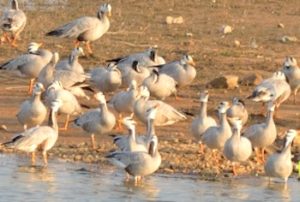 Bihar has its usual assortment of rural handicrafts of hand painted wall hangings, wooden stools, miniatures in paper and leaves, stone pottery, bamboo and leather goods and applique work.
Bihar has its usual assortment of rural handicrafts of hand painted wall hangings, wooden stools, miniatures in paper and leaves, stone pottery, bamboo and leather goods and applique work.
But Bihar’s most famous indigenous art is Madhubani paintings. Originally humble expressions of the sheer creativity of the rural women, these village wall-paintings now adorn gracious city homes and are also exported. This art is a strict monopoly of the women of Mithila. Done in primary colours of natural origin on paper and cloth, they narrate mythological and religious events. However, the ancient designs in bright colours can still be seen on the mud walls in the districts of Champaran, Saharsa, Muzaffarpur, Vaishali, Darbhanga, Samastipur, Begusarai, Purnea, Bhagalpur and of course, Madhubani, the trade centre for this unique art.
Fairs & Festivals
In the true spirit of its multi religious heritage, Bihar celebrates its many religious festivals and fairs of great local appeal.
Like most ancient fairs in India, Sonepur fair is also steeped in mythology and folkfore. Today, it is a fantastic cattle fair, perhaps the largest in Asia.
The fortnight long fair is held on the full moon day of Kartik (November) and all manners of domestic and farm animals are bought and sold.
Buddha was born, attained enlightenment and passed away, all on the same full moon day of April/May. Thus, Vaisakhi Poornima, one of the most beautiful full moon nights in the year,is celebrated as Buddha Jayanthi.
Bihar, being a holy land for the Jains as well, two major Jain festivals are celebrated here – Mahavir Jayanthi at Parasnath Hill in April and Deo Deewali, which commemorates the final liberation of Lord Mahavira.
Unique in Bihar is Chhath Puja, or worship of the Sun God. The most famous celebrations are at the sun temple in Baragaon near Nalandha, where new paddy, sweets and fruits are offered in worship.
Traditional Indian festivals of Ramnavami, Dassehra, Diwali and Holi are also celebrated with great extravaganza in Bihar.
Information: Courtesy Government of India

Leave a Reply